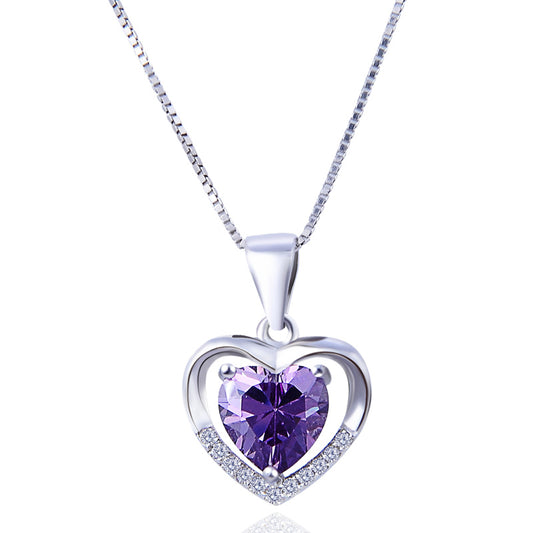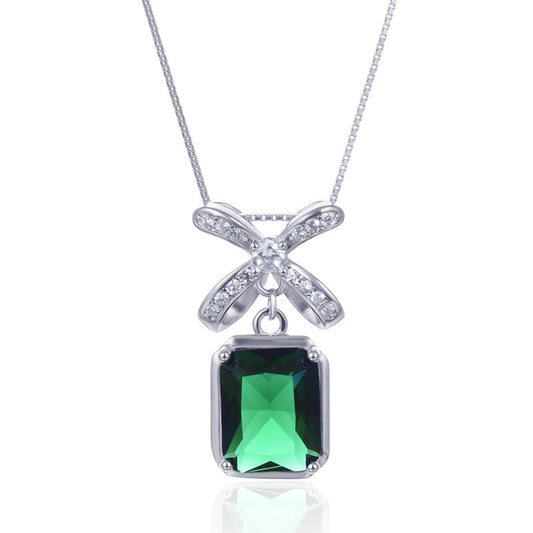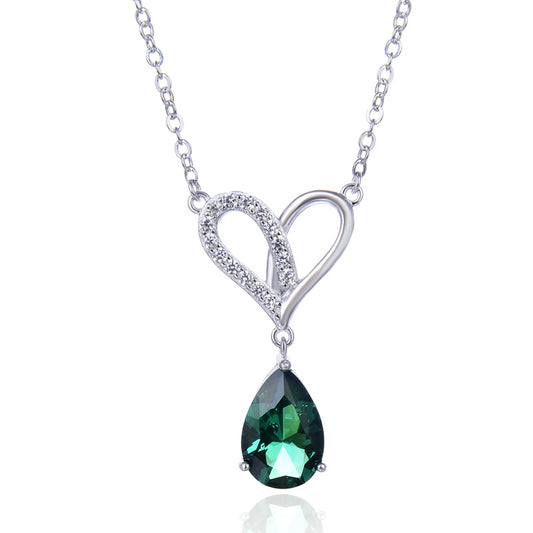How to Play Pokemon Cards: A Beginner's Guide to Mastering the Game
Pokemon cards have been a popular collectible and strategic game for decades, captivating fans of all ages with their colorful artwork and competitive gameplay. Whether you're a seasoned veteran or a newcomer to the world of Pokemon, this guide will teach you the fundamentals of how to play Pokemon cards and set you on the path to becoming a master strategist.
First and foremost, familiarize yourself with the different types of Pokemon cards available. There are three main categories: Pokemon cards, which represent the creatures you'll use in battle; Trainer cards, which provide various effects and strategies; and Energy cards, which power up your Pokemon's attacks. Each card has its own unique abilities and strengths, so it's essential to understand them thoroughly.
To begin a game of Pokemon cards, each player must construct a deck consisting of 60 cards. This deck should include a balanced mix of Pokemon, Trainer, and Energy cards to ensure you have a variety of options during battle. Remember to include a diverse range of Pokemon types and strategies to adapt to different situations.
Once your deck is ready, the next step is to set up the playing field. Each player starts with a hand of seven cards and draws a new card at the beginning of each turn. The objective of the game is to reduce your opponent's Pokemon's hit points (HP) to zero by using attacks and strategies.
During your turn, you can perform various actions such as playing a Pokemon card from your hand onto the field, attaching Energy cards to your Pokemon to power up their attacks, or using Trainer cards to gain advantages. It's important to plan ahead and strategize based on your opponent's moves and the cards in your hand.
Attacking is a crucial aspect of Pokemon cards. Each Pokemon has its own set of attacks, which require a certain amount of Energy to perform. Some attacks deal direct damage to the opponent's Pokemon, while others have special effects that can turn the tide of battle. Choose your attacks wisely and anticipate your opponent's moves to maximize your chances of success.
As the game progresses, you'll need to adapt your strategy based on the cards you draw and the evolving battlefield. Sometimes it's beneficial to sacrifice a weaker Pokemon to set up a more powerful attack, while other situations may require you to defend and stall for time. The key is to stay flexible and always be one step ahead of your opponent.
Lastly, remember that Pokemon cards is a game of skill and strategy, but it's also about having fun. Enjoy the thrill of battle, the excitement of discovering new strategies, and the camaraderie of playing with friends. With these tips and a little practice, you'll be well on your way to becoming a Pokemon cards master!








